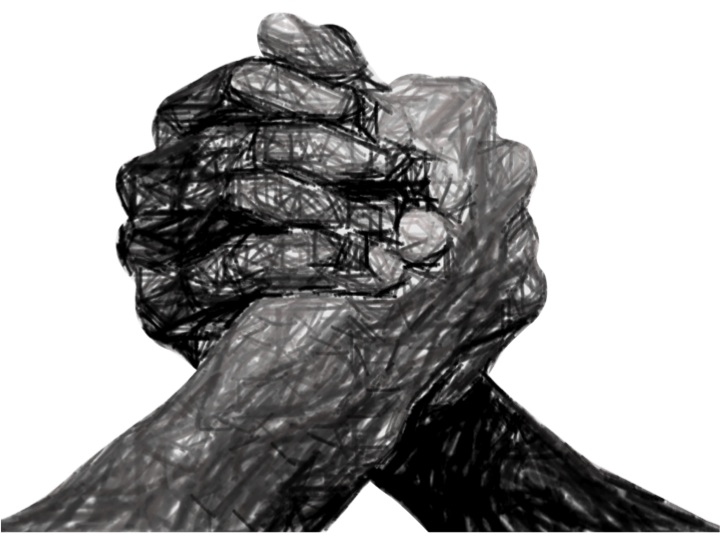BERNARD SHAW SHRINKS FROM HIS WIDE RENOWN
New York Times. May 2, 1926
BERNARD SHAW has taken out a monomark, a new device for the identification of human beings and their belongings.
[PDF, Timeline]
FRIENDS PUT INTO FICTION ARE APT TO BECOME ENEMIES
New York Times. Aug 8, 1926
GENERALLY authors borrow heavily from the personality of their acquaintances, and many a bon mot, many a profound thought expressed over the dinner table, finds its way into next season's best seller. As a rule, however, authors are cautious in the matter of importing their friends wholesale.
[PDF, Timeline]
MAKES STRONG PLEA FOR PRIVACY IN LIFE
New York Times. Oct 25, 1926
" The Character Value of Privacy" was the subject discussed yesterday by Dr. Henry Neumann at the meeting of the Brooklyn Society for Ethical Culture, held in the Academy of Music, Brooklyn. He said the desire of the young to direct their own lives sensibly should be encouraged.
[PDF, Timeline]
BOOK ON NOTABLES MAKES LONDON GASP
New York Times. Nov 20, 1926
LONDON, Nov. 19. -- Woodrow Wilson, Lady Astor, Walter Hines Page and Mark Twain figure, with European monarchs, statesmen and other world-famous celebrities, in "The Whispering Gallery," a book by an unnamed author, which, published today, is the sensation of the hour here, and is inspiring the question. "Who wrote it?" from thousands of readers who are chuckling with glee, gasping with amazement or quivering with anger as they peruse its pages.
[PDF, Timeline]
GLASGOW LISTENS TO SOUND OF FACES
New York Times. Feb 4, 1927
GLASGOW, Feb. 3. -- John Baird, inventor of television, told the home folks of Glasgow about it tonight. When he ventured to tell some of them several years ago that it might be possible to see through brick walls they answered him with the Scottish equivalent of "What's eating you?" and let it go at that.
[PDF, Timeline]
PRESS EXECUTIVES CONDEMN TABLOIDS
New York Times. Feb 10, 1927
Revolt against tabloid newspapers spread yesterday to a luncheon of the Broadway Association at the Hotel Astor, where editors and business executives of other New York newspapers denounced the picture papers for exploiting indecent news in their daily issues.
[PDF, Timeline]

